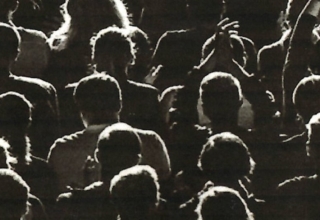
As artificial intelligence and deepfake technology continue to advance, the risks they pose are becoming more evident. While these technologies have the potential to revolutionize various fields, including entertainment and communication, they also have the potential to do significant harm.
Deepfake technology has already been used to create convincing but entirely fabricated videos, audio, and images. While initially used for entertainment purposes, it is now being used for malicious intent, from creating revenge porn to impersonating high-profile individuals. As the technology becomes more sophisticated, it will become increasingly difficult to differentiate between what is real and what is not, causing significant trust issues in various sectors.
The dangers of artificial intelligence are equally concerning. The more advanced the technology becomes, the more it poses a risk to humanity. There is already evidence of AI being used for nefarious purposes, such as the development of autonomous weapons, which could trigger wars and conflicts, and the creation of social media bots, which can be used to spread misinformation and propaganda.
Moreover, as AI systems become more complex, it is difficult to predict how they will behave in certain situations. There is a risk that AI could become uncontrollable, leading to unintended consequences, or that it could be used to manipulate people and organizations, causing chaos and destabilizing society.
The risks of artificial intelligence and deepfake technology cannot be ignored. These technologies are still in their infancy, and there is a real danger that they could be used to cause significant harm. One specific example of an individual being duped by AI is the case of a CEO who transferred $243,000 to what he believed was the account of a Hungarian supplier. However, it turned out that the CEO had fallen victim to an AI-powered deepfake audio attack, where the attacker had used AI to replicate the Hungarian supplier’s voice and make it seem like he was requesting the funds transfer.
This incident highlights the potential dangers of deepfake technology and the importance of being cautious and verifying information. As such, it is essential to have strict regulations in place to govern their development and use to mitigate the potential risks. It is also vital that individuals and organizations remain vigilant and cautious about how they use these technologies and the information they provide, lest they fall prey to their dangers.
Were you vigilant or were you just duped?
As a reader, you may – more likely not – have picked up something different about these introductory paragraphs! It was written entirely by the artificial intelligence system CHatGPT! It was created by posing a couple of simple questions, and although these authors reviewed the text for applicability, we changed very little. And as ChatGPT itself noted, this technology is in its infancy.
The Risks (and Benefits) of Artificial Intelligence
Recently, a mentally unstable individual broke into the home of Nancy Pelosi, who was then Speaker of the House. The intruder viciously attacked her husband with a hammer. Current reporting suggests that the accused perpetrator was deeply immersed in conspiracy theories, devouring misinformation and deeply participating in “dark-web” collaboration forums. While these current social media forums and their algorithms are adept at dragging people deeper and deeper into misinformation, technology experts suggests that what we currently experience is trivial compared to what we are likely to experience in coming years.
Download Article













